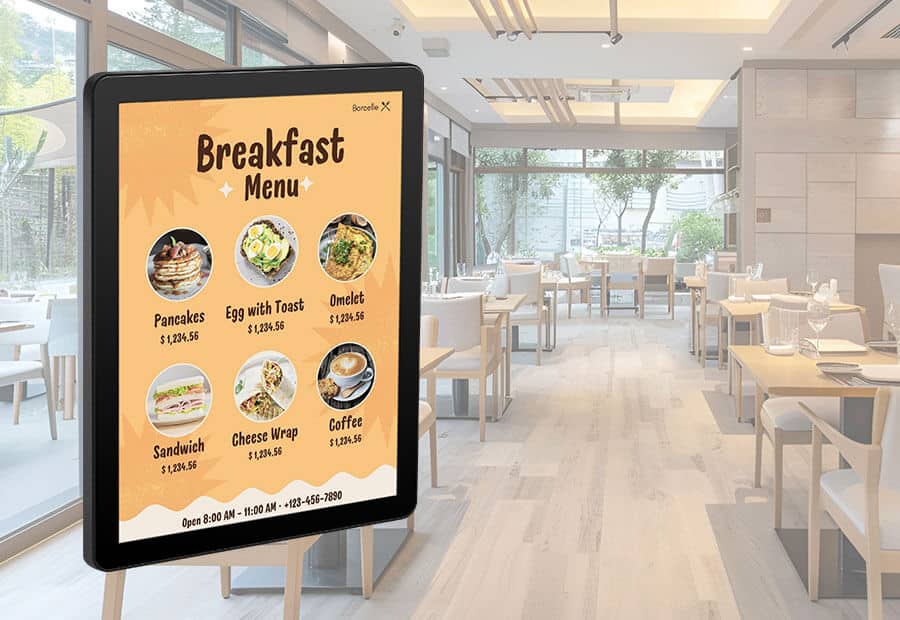What is an Electronic Paper Display and How Does It Work?
What is an Electronic Paper Display and How Does It Work?
Blog Article
The Environmental Benefits of Using Electronic Paper Displays
Display technology has become an intrinsic part of our day-to-day lives, showing in from smartphones and e-readers to large-scale marketing panels. On the list of diverse range of E-ink screen display, OLED (Organic Light-Emitting Diodes), and LED (Light-Emitting Diodes) have surfaced as some of the most widely discussed options. While each kind provides a unique unique purpose, their differences in characteristics, effectiveness, and use instances make them suitable for certain applications. Let's have a closer go through the critical features of these display technologies.
Electronic Paper displays (ePaper)
Electronic Paper displays, also referred to as ePaper or Electronic Ink displays, are made to simulate the appearance and readability of standard Ink on paper. This technology uses tiny microcapsules comprising priced black and bright particles stopped in a definite fluid. When an electrical field is used, the contaminants go on to either side of the capsule, making an obvious image. The image remains static till another electric subject is used, which makes it ideal for displaying text-based material such as books, newspapers, and e-readers.

Among the major benefits of ePaper displays is their reduced power consumption. Unlike standard LCD
Understanding Electronic Paper displays
An electric Paper display (ePaper) mimics the looks of Ink on paper. Unlike traditional monitors, ePaper depends on its power to reflect surrounding mild as opposed to emitting their own. That engineering not only diminishes vision stress but in addition gives unparalleled readability in sunlight, making it suitable for e-readers and digital signage solutions.
One standout feature of ePaper displays is their incredibly low energy consumption. Because they only use energy when changing content, ePaper displays are very efficient and suited to battery-powered devices. Nevertheless, their refresh rates are slower compared to OLED and LED displays, restraining their applicability to fixed or minimally vibrant content.
OLED displays
OLED displays are known for their beautiful aesthetic quality, offering vivid shades, heavy blacks, and outstanding contrast. Each pixel within an OLED display produces a unique gentle, reducing the requirement for a backlight. That not merely permits finer, more light styles but in addition effects in greater energy effectiveness compared to LED in certain scenarios.
One crucial advantageous asset of OLED displays is their flexibility. They can be produced in curved or foldable styles, creating them common in cutting-edge smartphones and wearable devices. However, OLED screens have difficulties, such as for instance susceptibility to burn-in and smaller lifespans compared to other technologies.
LED displays
LED displays, the most common of the three, count on a backlit system to light their pixels. Without as creatively impressive as OLED E ink signage, LEDs are very tough, long-lasting, and cost-effective. These qualities make sure they are ideal for a greater array of applications, including TVs, computer screens, and outdoor advertising.
LED displays usually conduct properly when it comes to brightness, creating them a great choice for situations with large normal light. But, they fall short in achieving exactly the same serious comparison and color precision as OLED technology.

Final Comparison
When deciding between ePaper, OLED, and LED displays, the decision depends mainly on the intended purpose. For fixed content like reading or signage, ePaper excels using its reduced power consumption and high awareness in organic light. OLED shines in programs where lively shades and freedom are paramount. Meanwhile, LED remains a reliable and cost-efficient solution for a variety of general-purpose needs.
Each display technology delivers something unique to the dining table, ensuring that there's a great selection for every situation. Understanding these variations might help consumers and companies make informed decisions that match their certain display requirements. Report this page